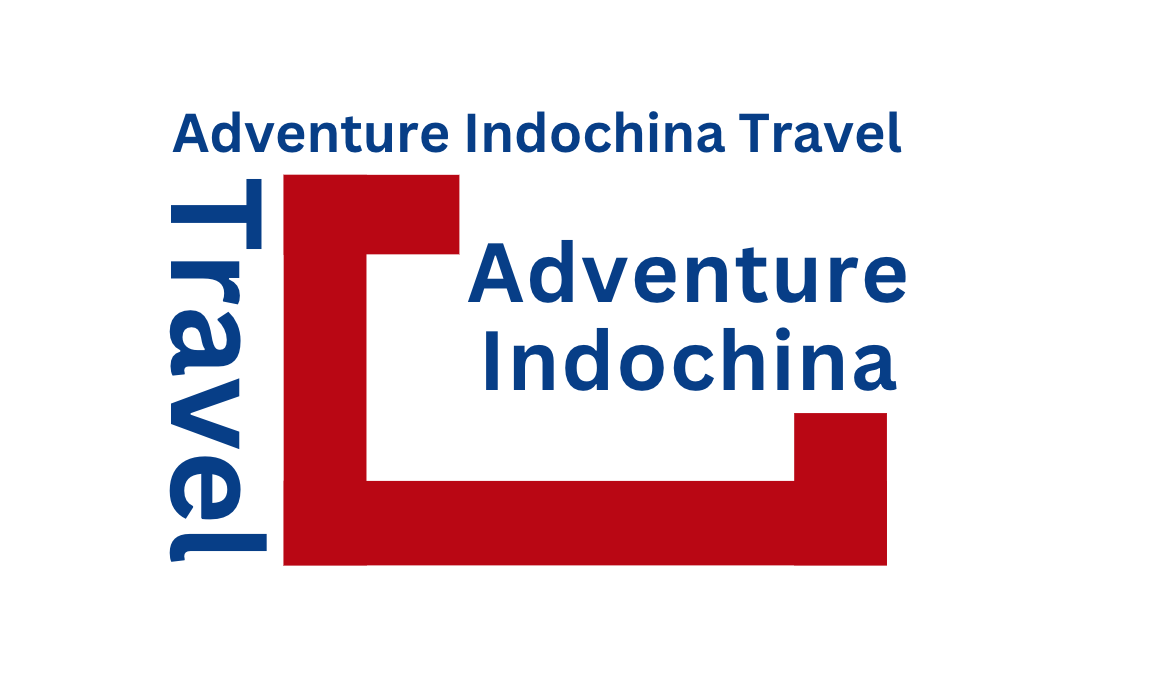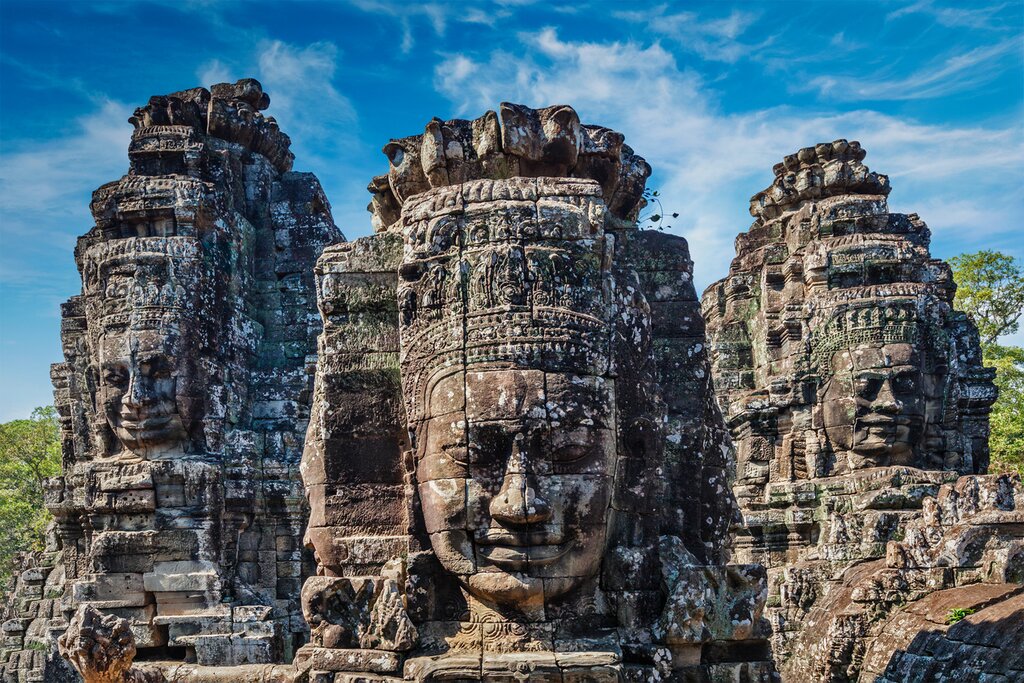
Once overshadowed by its turbulent past, Cambodia has emerged as a must-visit destination in Southeast Asia. With its breathtaking landscapes, spiritual depth, and legendary Angkor temples, this vibrant country is now firmly on the map for travelers seeking a meaningful, enriching adventure.
Though best known for Angkor Wat, the largest religious monument in the world and a UNESCO World Heritage site, Cambodia offers much more than its iconic temples. From serene countryside villages to bustling markets, pristine beaches, and a warm, welcoming population, Cambodia weaves together culture, history, and natural beauty in an unforgettable tapestry.
Geography & Climate
Bordering Vietnam, Thailand, and Laos, and stretching along the Gulf of Thailand, Cambodia boasts diverse topography—from the low-lying plains of the Tonle Sap basin to the forest-covered highlands in the northeast and the Cardamom Mountains in the southwest. The mighty Mekong River winds through the country, supporting both life and commerce.
The climate is defined by two main seasons:
- Rainy Season (May to October): Lush, green landscapes, perfect for photography.
- Dry Season (November to April): Best time for temple visits and beach relaxation.
People & Culture
With a population of over 14 million, Cambodia is predominantly Khmer, with vibrant minority communities such as Cham, Vietnamese, Chinese, and hill tribes in the northeast. The national spirit is deeply rooted in Theravada Buddhism, reflected in the countless pagodas, monks in saffron robes, and peaceful rituals that define everyday life.
Despite a painful history, including the tragic years under the Khmer Rouge, Cambodians today are known for their optimism, resilience, and warm hospitality.
Cambodian Cuisine
Rice is the heart of every Cambodian meal—served steamed, stir-fried, or transformed into sweet sticky rice desserts paired with tropical fruits like durian or mango. A staple on the table is fish, especially from Tonle Sap Lake, often featured in dishes like amok trey (fish curry in banana leaves). You’ll also find an exciting variety of soups, noodles, grilled meats, and the beloved street food stalls offering fresh and flavorful snacks on every corner.
Food lovers will especially enjoy the diversity of flavors: lemongrass, galangal, kaffir lime, turmeric, and palm sugar all feature heavily in local recipes.
Festivals & Traditions
Cambodians love a celebration. Whether religious, cultural, or national, festivals bring people together and offer an incredible glimpse into the country’s soul.
Some not-to-miss events include:
- Khmer New Year (Mid-April): A nationwide water fight and joyful celebrations.
- Water Festival (October/November): Marks the flow reversal of Tonle Sap; watch boat races and fireworks.
- Pchum Ben (September): Ancestral remembrance with offerings at pagodas.
- Angkor Festival (Late year): Traditional music, dance, and folklore performed at the Angkor temples.
- Independence Day (November 9): Celebrating freedom from French rule in 1953.
- Royal Ploughing Ceremony (May): A symbolic royal ritual predicting the agricultural season.
Other important holidays include Chinese New Year, Genocide Remembrance Day (May 9), and Buddha’s Birthday (late May).
Why Visit Cambodia?
Whether you’re wandering through the mystic ruins of Angkor, cruising down the Mekong, exploring remote villages, or relaxing on a quiet island beach, Cambodia promises connection—to history, nature, and the kind-hearted locals who call it home.
Despite challenges, Cambodia has preserved its soul, and travelers often leave with not just great memories, but a sense of deep admiration for the country and its people.



